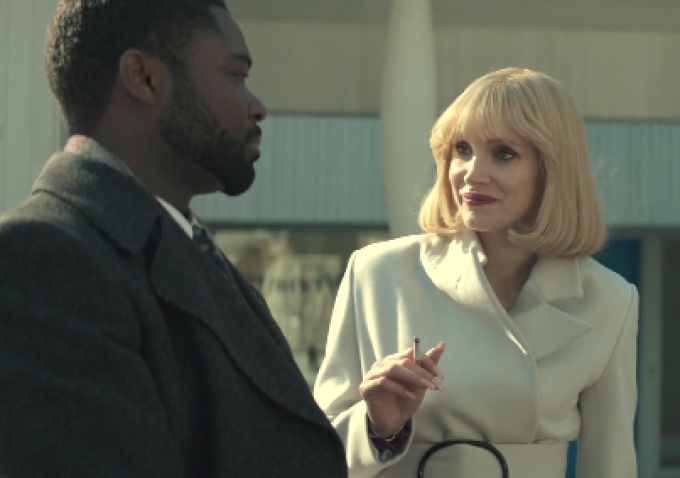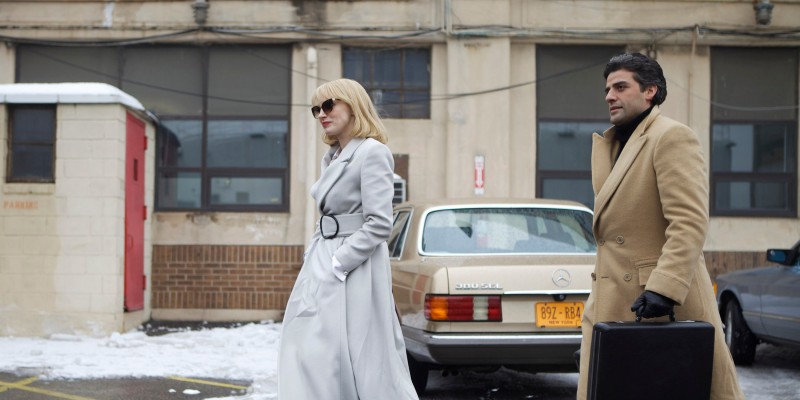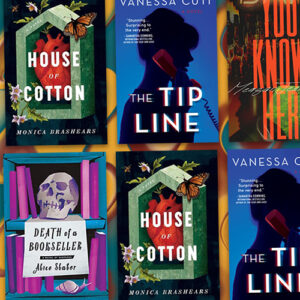2014’s “A Most Violent Year” had a lot going for it from the jump. Its lead, Oscar Isaac, was fresh off his acclaimed performance as the titular sadsack folk singer in “Inside Llewyn Davis” and his career was about to enter the stratosphere, while co-star Jessica Chastain had already been in the stratosphere since around “The Help” three years before. Director J.C. Chandor, too, seemed to have big things in store, getting raves for his financial crisis thriller “Margin Call” and the Robert Redford survival drama “All is Lost.”
There’s no such thing as a sure thing, of course, and all of this pedigree translated to $12 million on a $20 million budget and zero Oscar nominations. That was the public’s loss, because Chandor’s film is stunning, a bleak, gorgeous meditation on the American dream with career-best performances from both of its leads.
Isaac stars as Abel Morales, the owner of a New York City heating-oil business in 1981, the beginning of the city’s most violent decade. Abel is both obsessed with maintaining his own moral and legal legitimacy and surrounded on all sides by the lack thereof; his wife Anna (Chastain) is the daughter of an unseen but dreaded mob boss, and Abel’s competitors in the cutthroat heating-oil trade have taken to violently hijacking his fleet of delivery trucks. On top of everything else, an ambitious prosecutor (David Oyelowo) is investigating Abel’s firm on suspicion of price-fixing and tax evasion, a maddening contrast to the police’s insistence that they can’t prioritize the hijackings with rapes and murders at record highs.
Like any good noir, there’s a ticking clock on Abel’s ambitions too; he’s poured his life savings into the down payment on a fuel terminal on the East River, with 30 days to close or the money will be forfeit.
Abel is fully a creature of Reagan’s Morning in America, convinced beyond a doubt that all he needs to succeed in America is a can-do attitude. He gives little motivational speeches to his fresh-faced team of oil salesmen, but he also gives them to Julian, one of the hapless drivers brutalized in a stickup. “These men are cowards,” he stoutly tells Julian, as though that should make him feel better about his broken jaw, and oddly enough, it seems to work somewhat. Abel’s implicitly an immigrant, but we never learn from where, and he clearly prefers it that way. He’s just an American.
Abel’s so committed to the straight and narrow, in fact, that he refuses an entreaty from the boss of his drivers’ Teamsters local to allow them to arm themselves (in an unmistakable bit of symbolism, this Reagan-era labor leader has to lean on a cane to walk). None of that matters, however, when Julian begins carrying a gun anyway and gets in a shootout with hijackers, spooking Abel’s bank into pulling out of the terminal deal.
This naïveté about self-protection crops up in Abel’s marriage too; Anna also arms herself after someone shoots at the family’s house, infuriating Abel, who spits that her purse-sized .22 is a gun “whores” carry. Anna, who comes from both a more privileged and a more violent background than her husband, lacks his illusions, emblemized by a scene in which their car hits a deer and, as Abel dithers about how to put it out of its misery with the tire iron, she calmly shoots it dead.
Anna’s more streetwise than Abel, but she’s also far worse-suited to the time she lives in, a shrewd, ambitious woman living in a time of cultural backlash to feminism. She handles this disadvantage the way ambitious women have always handled living in times that punish ambition, by becoming harder than the world. In the closest thing the movie has to a memefied scene, she stands next to Oyelowo as his men search the Morales’ house, elegantly smoking in her pristine white overcoat. “This was very disrespectful,” she icily tells him as she crushes out her cigarette.

It’s ultimately Anna’s moral flexibility relative to her husband that saves the day. As Abel grows increasingly desperate to save the terminal deal, Anna reveals they have everything they need saved—because she’s been embezzling from the company for years. She discloses this just after Abel has gone hat in hand to a Mafia-affiliated competitor.
“I spent my whole life trying not to become a gangster,” Abel laments. Even now, it seemingly eludes him that this business, with its cartel structure and cutthroat competition, is just organized crime with less violence and a fig-leaf legal framework—and by the end of the decade, much of that legal framework will have been gleefully jettisoned too. “It wasn’t all your good luck helping you out all these years, it was me doing the things you didn’t want to know about,” Anna spits back at him.
Chandor’s film is plotted like the best kind of Sidney Lumet or Abel Ferrera dramas of the 70s and 80s, and just as importantly, it looks like one too. It embraces the contrast between its gorgeous cinematography and the decaying, Koch-era city it depicts, particularly a bravura sequence in which Abel chases down a hijacker through a scarred, graffitied cityscape. The contrast also helps Isaac and Chastain, two of the most attractive people currently working in the industry, feel like a plausible part of this world as well.
On some level, it’s understandable why the movie failed to find an audience. People understand what they’re getting with a gangster movie, but Chandor’s movie is essentially a movie about how capitalism makes gangsters of us all. It makes for a compelling human drama, but it’s hard to pitch for a date, unless you’re very lucky and specific in your partner like me, but I digress. Regardless, A Most Violent Year is streaming on HBO Max right now and heartily deserves a watch.

















